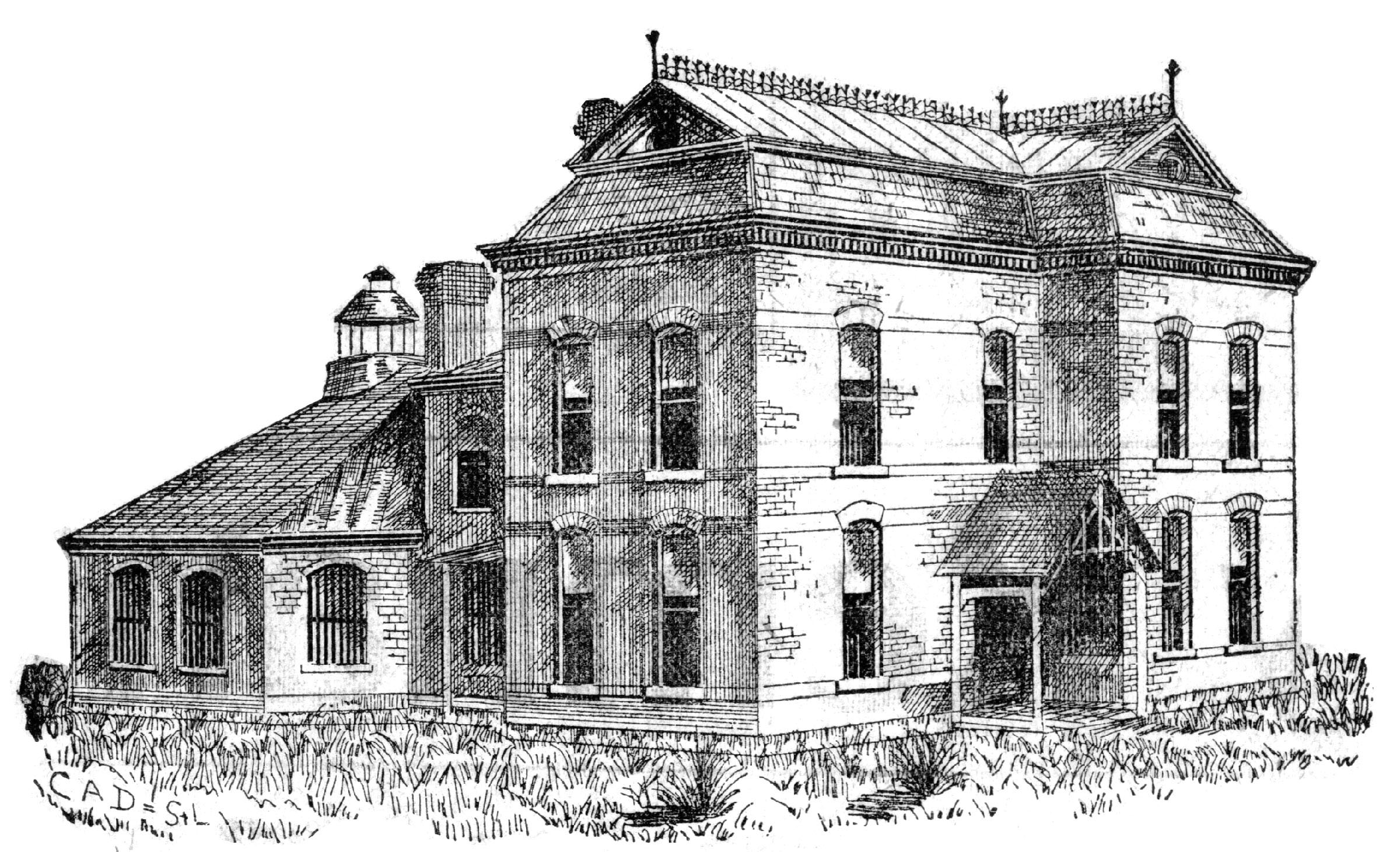In the early 1940s, hot lunch programs were edging into the public schools of Daviess County, MO. Prior to this, a few commodities such as corn or beans could be heated on pot-bellied stoves and served warm to the students in the winter months. At times a parent would donate a canned product which could also be heated and served. In addition, there were times when the Rainbow Bread Company donated bread.
There were 16 Works Progress Administration (WPA) employees who served an average of 2,430 meals each week to the five schools in 1941 in our local area, namely Gallatin, Jamesport, Pattonsburg, Jameson and Carlow.
The program was carried only with local cooperation. Each individual school had to be organized and sponsored within the community. Under the community school lunch program, nutritious farm food products were purchased by the surplus marketing administration of the U.S. Department of Agriculture in the open market. These foods were then made available to schools for use in preparing hot lunches on the part of the children.
Plans had been made in the county for a countywide garden and canning unit that would be located in Gallatin, MO. Several rural and town schools planned to enter this program. It might be well to keep in mind there weren’t any large machines used to do the canning. It was done by the simple method of canning that was done in the home. It was thought that in addition to feeding the children hot lunches, the children would receive more balanced and nutritional meals.
In Daviess County, in the summer of 1941, the ladies did the canning while the men tended the gardens. These gardens were planted by the WPA The produce from the gardens was canned and stored for the winter months. During this summer period, women served from 30 to 40 children and 100 to 150 during the winter months.
Statewide, statistics showed there were 63,235 pupils in 1,926 schools that were served hot lunches during the first month of the school year compared to approximately 30,000 from 690 schools for the previous September. School lunch authorities believed the increases were due to several factors which included improved nutrient, national health defense on the part of the parents, school authorities, civic organizations, and the actual appreciation shown for the hot lunches on the part of the children.
— written, researched, and presented by Wilbur Bush, Gallatin, MO

An unknown couple while gardening during yesteryear.

